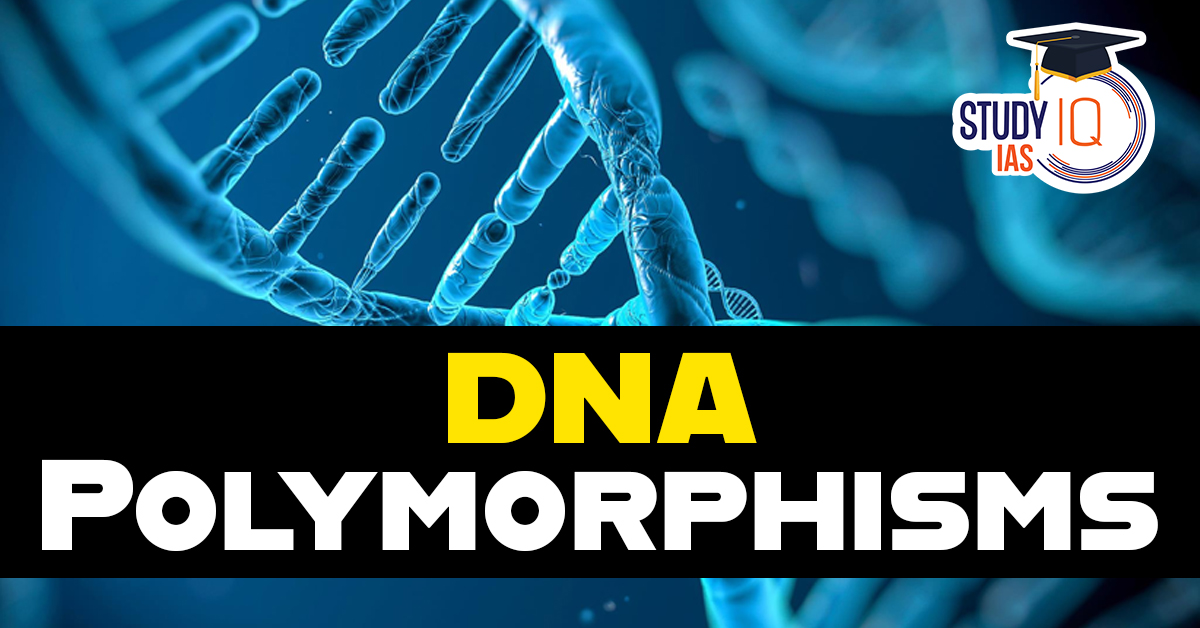Table of Contents
Context: According to recent findings, DNA polymorphism has various modern applications in forensics and medicine.
What Are DNA Polymorphisms?
- DNA polymorphisms are sections of DNA where variations occur between individuals.
- They allow scientists to determine whether a specific chromosome was inherited from the maternal or paternal side.
- DNA profiles are generated using polymorphisms in specific regions called Short Tandem Repeats (STRs).
- STRs are short sequences of DNA base-pairs that repeat multiple times.
- STRs are often polymorphic, meaning different individuals have different numbers of repeats.
- These variations make STRs useful in DNA fingerprinting.
| How Does DNA Replicate? |
|
What is DNA?
- DNA, or deoxyribonucleic acid, is a molecule that carries the genetic instructions used in the development, functioning and reproduction of all known living organisms and many viruses
- Each human cell (from skin, blood, teeth, bones etc.) contains 46 DNA molecules (chromosomes).
- One set of 23 chromosomes is inherited from the father (via sperm) and another 23 from the mother (via egg).
- Sperm and egg cells are exceptions as they contain only one copy of the genome instead of two.
| Chromosomes and Polymorphisms |
|
What is a DNA Fingerprint?
- A DNA fingerprint is a unique profile created by analyzing STR patterns in an individual’s DNA.
- DNA Can Be Extracted From:
- Teeth, bones, blood, saliva, semen, skin cells, etc.
- Crime scenes (blood stains, sweat, spit on clothes or soil, etc.)
- Mortal remains from disaster sites.
- Uses of DNA Fingerprinting:
- Establishing Relationships: Determining parent-child relationships, Tracing ancestry through polymorphisms.
- Forensic Investigations: Identifying suspects from crime scene samples etc.
- Identifying Human Remains: Disaster victim identification.
- Ancient DNA studies: Scientists have extracted 65,000-year-old human DNA from remains preserved in deserts and cold environments.
- Organ Donation Matching: Ensuring donor-recipient compatibility to prevent organ rejection.


 AI and its Regulation in India, Limitati...
AI and its Regulation in India, Limitati...
 Tuberculosis (TB), Symptoms, Causes and ...
Tuberculosis (TB), Symptoms, Causes and ...
 Silicon Photonics Enables Low-power AI A...
Silicon Photonics Enables Low-power AI A...





















